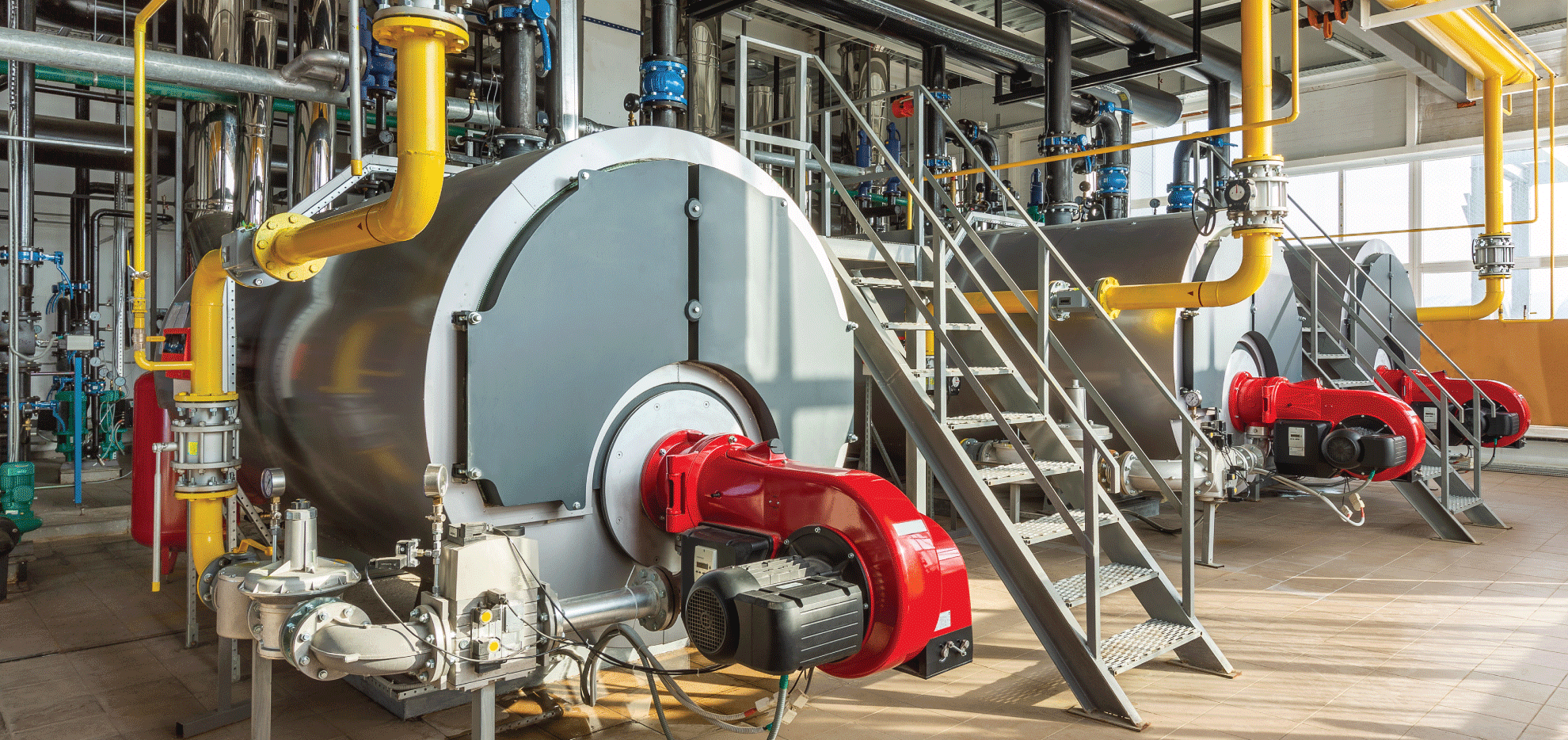Mathematical Modelling of Boilers for Performance Evaluation

The Indian power sector is going through a transformation phase and primarily focusing on green power generation. The majority of the Indian power generation comes from the coal fired plants designed for base load operation. Coal power plants are forced to operate on variable loads daily to meet the energy demand. With the increase in renewable power which is unpredictable in nature, flowing into the grid, the grid’s stability, at times become vulnerable and depends heavily on the back up from fossil fired units.
Coal power plants are normally designed for a defined specific range of coal. Accordingly, furnace dimensions are optimally sized. But, it is not possible to optimally design a single boiler for a given capacity and accept multiple fuels with large quality variation without compromising on efficiency, slagging/fouling, emission, capacity, and reliability. However, at present many boilers are operating with coal of quality outside the specified design range. Continued boilers with coals different from specified quality may result in either reduction in boiler efficiency and/or reduced steam capacity and/or excessive SH tube metal temperatures.
Flexible operation of the existing coal fired power plants without compromising on plant performance and safety is at present one of the main challenges for the power industry. The variation of load along with uncertainty in coal quality makes the operation of a problem more acute. The conventional mode of operation with the present control system lacks all required to address the issue.
A boiler is one of the critical equipment in the power plant. Plant reliability heavily depends on the performance of the boiler, which is dependent on many variables. Additionally, its design know-how is presently available mainly with boiler designers/manufacturers. Unlike other power plant cycle equipment, a software tool for boiler modelling is not available easily. A boiler performance model has been developed in-house by Tata Consulting Engineers (TCE), which can predict boiler performance and determine Superheater (SH)/Reheater (RH) tube metal temperatures for any operating condition.
The plant control system operates/adjusts related input parameters (viz, excess airflow, coal flow, coal fineness, total airflow, primary airflow, burner selection, burner tilt) to achieve specific output parameters (viz, steam flow, SH and RH steam temperatures, boiler exit temperature, emission levels, unburnt carbon in ash), Between input and output parameters there exists various in-process parameters which normally not measured directly.
The input and out parameters alone do not ensure proper operation and healthiness of the boiler. Such operations, if continued for a longer duration, can cause severe damage to the boiler components. In-process parameters such as inlet and outlet temperatures of individual heat transfer sections, furnace exit gas temperature (FEGT) etc., are essential to analyse the boiler performance but not normally measured. The tool developed by TCE can compute such in-process parameters.
The boiler performance model has been developed from the first principles. The process adopted is depicted in Figure.1 below. Furnace heat transfer calculations are more empirical with coefficients and factors which require extensive validation. The developed model is tested on the number of boilers of different manufacturers with varying capacities up to 1000 MW, firing both indigenous and imported coals.

Figure 1: Process adopted in Mathematical Model
When applied on actual operating loads, the boiler model uses both measured operational data and the design data to calculate heat absorbed by each of the heating elements, including the furnace and the metal temperatures of the SH and RH sections. Analysis of these results would help understand how closely the boiler is operating to the original design, thus assisting in carrying out root cause analysis.
Utilising the operational data viz., temperature and flow parameters on steam, coal and air stream, the developed model can offer the following benefits:
- Flue gas exit temperature (FEGT) can be derived from the boiler operating data
- Intermediate steam temperatures and intermediate flue gas temperatures can be found out along the SH and RH circuits
- Tube metal temperature and its variation across tube circuits can be determined for any operating condition
- Slag deposits in the furnace and fouling of major heating sections of the boiler can be evaluated
- Possible to predict the boiler performance with the variation in coal quality
The developed boiler model applies only to PC fired boilers of any capacity, either subcritical or super critical. It provides additional in-process parameters that can be utilised better for boiler control to enhance its reliability.
With the developed boiler performance model coupled with available knowledge on the process and system engineering, TCE can perform root cause analysis for an operational issue and offer solutions to mitigate the same.





